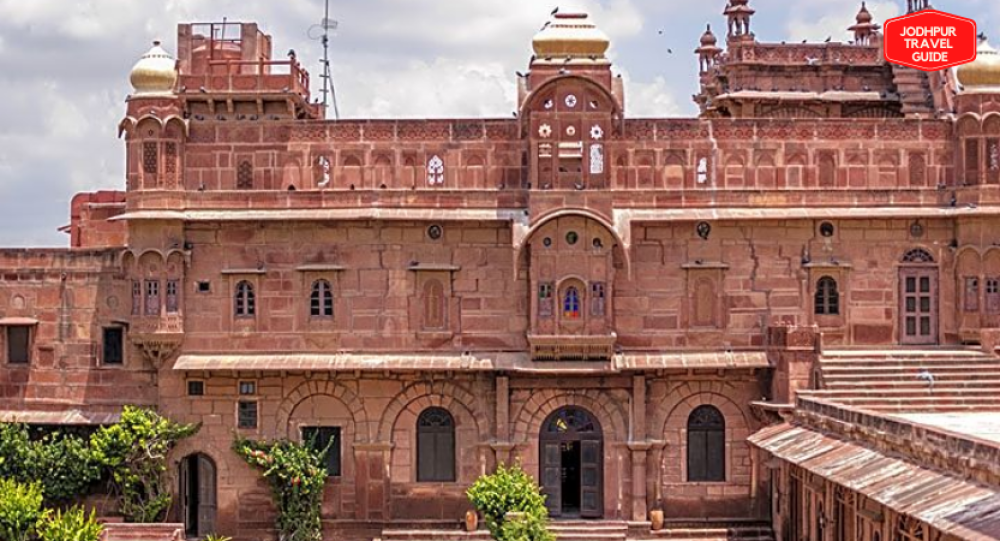

Pokhran, a testament to India's royal lineage, is a significant but often less frequented destination in the heart of the Thar Desert in Rajasthan. The Pokhran Fort, also known as Balagarh, has a rich history that is deeply intertwined with the Rajputana culture and heritage. It stands as a silent witness to the grandeur of Princely states and the tales of valor and chivalry.
Established in the 14th century, the Pokhran Fort was constructed by the Champawats, the clan of Rathores of the state of Marwar (Jodhpur). Over the years, it has seen numerous battles and has been a strategic fort close to the trade routes that crossed in Rajasthan. The fort is intricately designed with beautiful carvings, royal rooms, and impressive balconies, showcasing the architectural prowess of the era.
The legacy of Pokhran is not just limited to its impressive architecture and historical battles, but it also gained international attention in the late 20th century. The town became widely known for being the test site of India's first underground nuclear weapon detonation conducted on May 18, 1974, and again during the tests in 1998, bringing the area into the global political arena.
Although lesser-known when compared to the bustling tourism hubs of Rajasthan like Jaipur or Udaipur, Pokhran has its own unique charm that has attracted travelers for many years. The tourism history of Pokhran began to take shape as those interested in military history and royal legacies started to explore less-traveled paths. The fort has always been a draw for those seeking to understand the Rajputana military strategies and marvel at the desert architecture.
Over time, heritage tourism has become increasingly popular in Rajasthan, and fortresses like Pokhran began to gain their share of attention. With the rise of cultural and experiential tourism, many visitors started including Pokhran in their travel itineraries to get a more comprehensive understanding of the state's heritage.
In recent times, Pokhran Fort has been part of a growing trend where travelers seek immersive experiences. Heritage hotels have become quite popular, with some parts of the fort itself being converted into luxury stay options for tourists, offering a royal experience.
Environmental sustainability and ecological tourism have also become significant, and tours are often designed to reflect respect for the desert's delicate ecosystem. Visitors are encouraged to engage in sustainable travel practices while exploring the area.
Furthermore, local experiences including Rajasthani cuisine, folk music, and dances are promoted to enrich the tourists' experience. Adventure activities in the surrounding desert, such as dune bashing and camel safaris, have also started to attract a younger audience seeking an adrenaline rush while indulging in the cultural wealth of the region.
In conclusion, the tourism history of Pokhran speaks of gradual evolution, from being a remote fortress of a bygone era to a niche destination offering a unique blend of history, heritage, luxury, and adventure. Boldly standing amid the golden sands, Pokhran Fort continues to beckon history enthusiasts, luxury travelers, and culture seekers from all corners of the world.